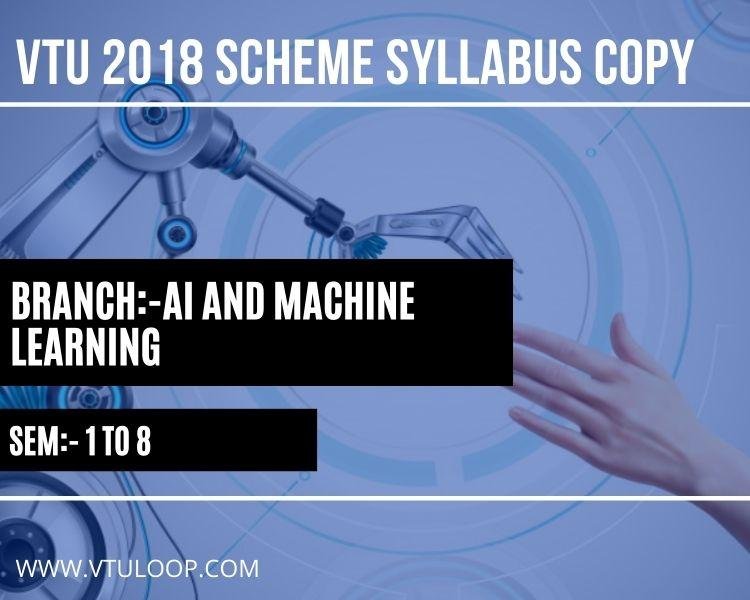Naive Bayes Classifier | Read Now
Naive Bayes is the prominent Machine Learning Supervised Technique that involves the procedure of classification. It primarily employs the mathematical core topic namely the Bayes rules. One needs to have a prior information regarding the same concept.
What is Naive Bayes?
- The Naive Bayes approach is a classification algorithm for addressing categorization issues that is dependent on the Bayes rule or theorem.
- It is mostly employed in text categorization that require significant training database.
- The Naive Bayes Classifier is a straight forward yet powerful classification methodology that aids in the development of highly productive ml algorithms capable of creating rapid forecasts.
- It’s a probability relied classifier, which indicates it makes projections based on an entity’s probability.
- Spam filtering, sentiment classification, and articles categorization are all typical applications of the Naive Bayes Algorithm.
Why this algorithm is typically termed as Naive Bayes?
The two terms Naive and Bayes compensate the Naive Bayes procedure, which can be represented as:
- It’s named “Naive” because it implies that the emergence of one feature is unrelated to the emergence of those other features.
- If the colour, size, and flavour of the fruits have been employed to distinguish it, a red, round, and sugary fruit is recognized as an apple.
- As a sense, each aspect assists to determining that it is an apple without relying on others.
- It’s termed “Bayes” since it’s predicated on the Bayes’ Probability Theorem which is a core mathematical concept.
Bayes Probabilistic Theorem
- Its a core mathematical topic which is also termed as the “Bayes’ Law”.
- This theorem is primarily employed to know the possibility of a certain hypothesis in which the prior information is mandatory.
- It can be represented in mathematical terms as:
P(A/B)=[P(B/A)P(A)]/P(B)
wherein;
P(A/B) is the posterior possibility and P(B/A) is the likelihood possibility
P(A) is the prior possibility and P(B) is the marginal possibility
Terms in Naive Bayes
- Posterior Possibility: It is the probability of a certain hypothesis A on a specific known event B.
- Likelihood Possibility: It is the probability of the given proof that the possibility of a certain hypothesis is true.
- Prior Possibility: It is the possibility of a certain hypothesis prior knowing the evidence.
- Marginal Possibility: It is the possibility of a specific evidence.
How this algorithm operates?
- Assume we have such a database of meteorological conditions and a goal parameter called “Play.”
- So, employing this information, we must determine to choose whether or not play on a particular day depending on the climatic circumstances.
- To resolve this error, we must take the appropriate steps:
- Create frequency distribution tables from the given data.
- Find the probabilities of provided unique features to produce a Likelihood chart.
- Compute the posterior probability employing Bayes’ theory.
Sorts of Naive Bayes system
There exists in total of 3 sorts of models in Naive Bayes:
- Gaussian system: This model implies that variables are dispersed in a normal manner. If predictors take continuous quantities instead of discrete data, the model thinks that all these results are drawn from a Gaussian kernel.
- Multinomial system: When the information is multinomial dispersed, the Multinomial Nave Bayes method is utilized. It is largely employed to solve text categorization issues, which includes defining which genre a document corresponds to, like Sport, Government, or Education. The determinants in the learner are based on the likelihood of terms.
- Bernoulli system: Like the Multinomial learner, the Bernoulli method employs isolated Booleans values as predictors. For illustration, detecting whether or not a particular word word appears in the document. This paradigm is also very well for reputed in jobs involving files classification.
Tricks to improve the efficiency of this model
- If continual characteristics are not normally distributed, conversion or other procedures should be employed to transform them to one.
- If the test database set has a zero or no frequency concern, use “Laplace Corrections” softening techniques to predict the test database’s class.
- Delete linked characteristics since they are actually voted twice in the algorithm, which might contribute to overestimation of significance.
Merits
- Easiest classification models and faster compared to the others
- Employed for both the binary and the multi group classifications
- Executes beyond the imagination that is best for the multi grouped categorizations amongst all
- Reputed and efficient in the character categorization issues
Demerits
- It is unable to understand the correlation amongst various features as this model thinks that all the characteristics are independent from every other.






